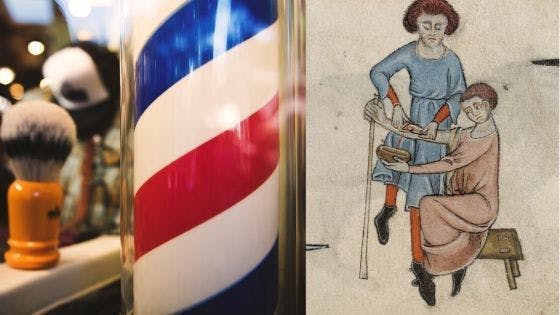How Gaming Can Improve Education
Educators often struggle with the problem of how to better integrate real-world skills into a textbook-bound, often theoretical curriculum. Reports suggest that the biggest hurdle to changing the system is that the alternatives are so difficult to implement. With the spread of computer-equipped classrooms, could social gaming provide a means of teaching real-world problem solving skills? Mashable reports.
In New York City, Quest2Learn has integrated a range of new technologies into its curriculum. Sixth graders learn geography from Google Earth, share their ideas through an internal social networking platform, and give presentations via podcast. The school promotes gaming as a rule-based learning system that allows students to solve problems, devise strategies and receive constant feedback. Quest2Learn emphasizes that its courses are not in any way made up of commercial video games, but are rather based on theories of game-play.
Along more popular gaming models, the Federation of American Scientists have developed a game called Immune Attack. In the first-person shooter-inspired cellular biology game, players navigate a 3D animated immune system, in which they must help the body fight a bacterial infection. “The amount of detail about proteins, chemical signals and gene regulation that these 15-year-olds were devouring was amazing,” said Dr. Melanie Ann Stegman, evaluated the game for its academic potential. Want to try it out? You can down load it here.
Loyalist College in Ontario, Canada recently reported a huge jump in test scores for its border officer trainees. Students passed at a rate of only 59 percent in 2007, but that number jumped to 95 percent at the end of 2008. The key to success was the introduction of Second Life to virtually simulate security screen situations.
These stories represent a few test cases, but the trend is likely to continue. Do you know of anyone using new technologies in classrooms? Leave us a comment and let us know.



